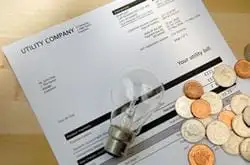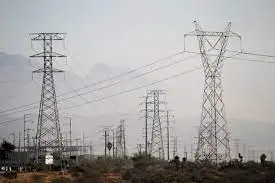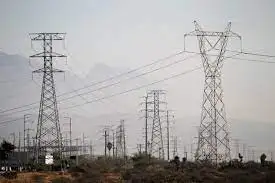WASHINGTON -- - Progress toward letting consumers choose their electric supplier has virtually ground to a halt in the United States, the latest edition of the Retail Energy Deregulation Index (RED Index) shows. As an alternative, however, experiments with "virtual choice" in regulated markets are picking up.
The fourth edition of the RED Index, issued by the Center for the Advancement of Energy Markets (CAEM) at the Edison Electric Institute's National Accounts Conference, shows that California's well-publicized troubles, the Enron collapse and the financial crisis in the energy industry have all but halted progress on electricity competition in the U.S. The most positive development in retail energy competition is the emergence of the North American Energy Standards Board (NAESB), the RED Index says. The report notes that Texas continues to lead the U.S. in electricity restructuring, while progress continues in Canada, England, Australia and New Zealand. The stall in consumer choice of supplier, the RED Index says, has led some states to experiment with "virtual choice," allowing consumers to choose from a richer menu of options added to the distribution utility's traditional offerings. Oregon has taken the lead on virtual choice by offering mass- market customers a portfolio of regulated supply options that include renewable energy plans that rely on existing geothermal and wind sources, contributions to salmon-habitat restoration, the purchase of new wind resources and time-of-use rates. Other distributors have begun to offer weather-hedged or term products as well as green energy and metering options. Ken Malloy, CEO of CAEM, commented, "While direct access is being refined in other jurisdictions, more skeptical jurisdictions can begin to both prepare customers for the eventuality of choice and support the development in the supplier community of innovative service and product offerings." CAEM will issue a new series of white papers, the Retail Energy Developments Report, to analyze emerging developments relating both to direct choice of supplier and virtual choice at the distribution company level. Eight states lead the U.S. in giving customers the option of supplier choice. Texas is ahead with a score of 69 out of 100, giving it a third-place ranking internationally. Pennsylvania, Maine, New York, the District of Columbia, Michigan, Maryland and New Jersey all have scores over 50.
The most positive development in retail energy competition is the emergence of the North American Energy Standards Board (NAESB), the RED Index says.
The report notes that Texas continues to lead the U.S. in electricity restructuring, while progress continues in Canada, England, Australia and New Zealand.
The stall in consumer choice of supplier, the RED Index says, has led some states to experiment with "virtual choice," allowing consumers to choose from a richer menu of options added to the distribution utility's traditional offerings. Oregon has taken the lead on virtual choice by offering mass- market customers a portfolio of regulated supply options that include renewable energy plans that rely on existing geothermal and wind sources, contributions to salmon-habitat restoration, the purchase of new wind resources and time-of-use rates. Other distributors have begun to offer weather-hedged or term products as well as green energy and metering options.
Ken Malloy, CEO of CAEM, commented, "While direct access is being refined in other jurisdictions, more skeptical jurisdictions can begin to both prepare customers for the eventuality of choice and support the development in the supplier community of innovative service and product offerings." CAEM will issue a new series of white papers, the Retail Energy Developments Report, to analyze emerging developments relating both to direct choice of supplier and virtual choice at the distribution company level.
Eight states lead the U.S. in giving customers the option of supplier choice. Texas is ahead with a score of 69 out of 100, giving it a third-place ranking internationally. Pennsylvania, Maine, New York, the District of Columbia, Michigan, Maryland and New Jersey all have scores over 50.
Related News

With New Distributed Energy Rebate, Illinois Could Challenge New York in Utility Innovation
NEW YORK - How does the electric utility fit in to a rapidly-evolving energy system? That’s what the Illinois Commerce Commission is trying to determine with its new effort, "NextGrid". Together, we’re rethinking the roles of the utility, the customer, and energy solution providers in a 21st-century electric grid.
In some ways, NextGrid will follow in the footsteps of New York’s innovative Reforming the Energy Vision process, a multi-year effort to re-examine how electric utilities and customers interact. A new approach is essential to accelerating the adoption of clean energy technologies and services in the state.
Like REV, NextGrid is gaining national…




